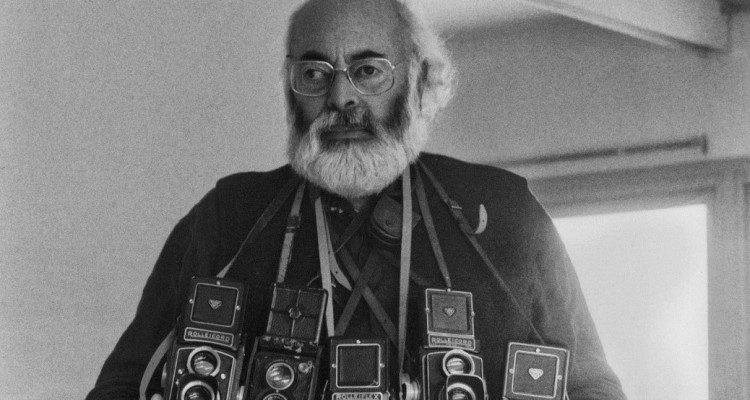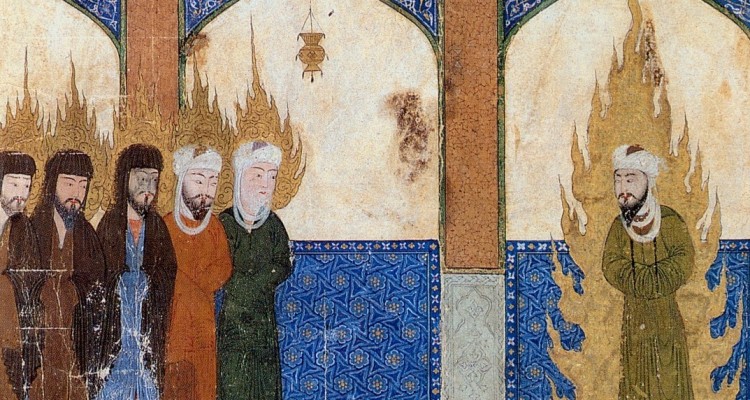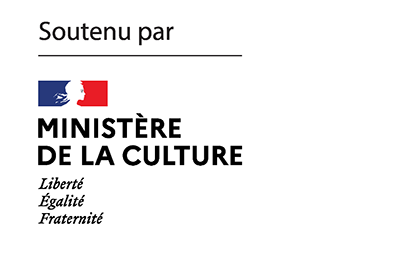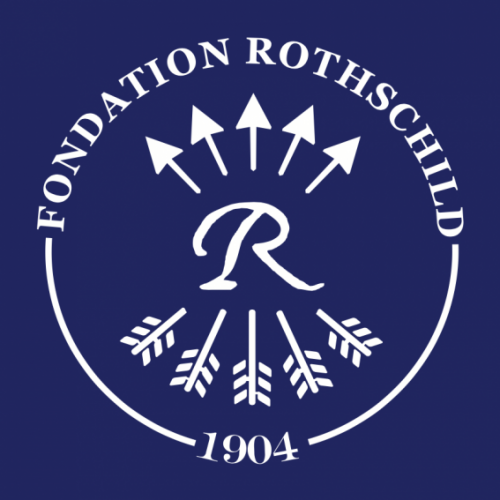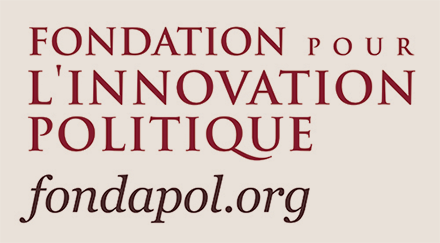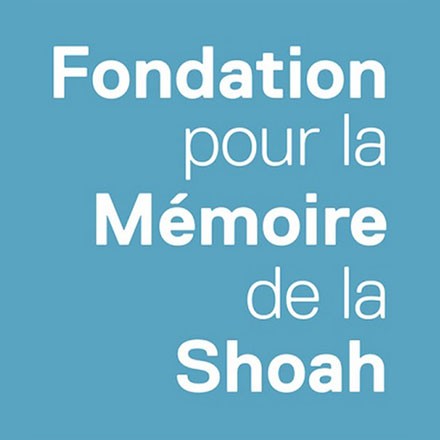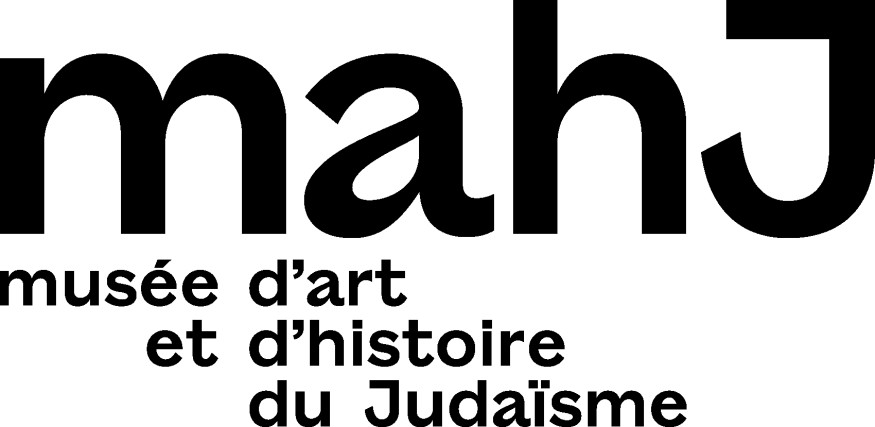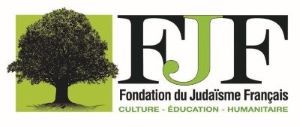“The craft of forgery, like the photographic shot, prompts us to wonder about authenticity,” warns Elisabeth de Fontenay in her portrait of Adolfo Kaminsky, a forger in the service of survival and freedom but also a photographer who, immersed in a clandestine existence, never showed his work. Revealed in 2019 by an exhibition at Paris’ Jewish Museum and by the book Changing the Game (not translated: Changer la Donne, French[1]), and now on view again at the municipal building in Paris’ third arrondissement, this work attests to a life where political commitment is inseparable from an eye that looks at the world with attention. “You photograph anything,” his brother once told him. The man of action is also a contemplative, the resistance fighter a meticulous flâneur observing the night darkening Paris, the water on the cobblestones, the glances that cross his lens, the children who play in the streets…
The second text published by K. this week is about the Jewish exodus from Arab countries, in the context of the exhibition “Jews of the Orient,” currently on display at the Institut du Monde Arabe (Arab World Institute) in Paris. While the exhibition intends to take “a unique look at the multi-millennial history of Jewish communities in the Arab world” through the moment of their departure, it has provoked a petition in which Arab intellectuals have condemned “an attempt to impose Israel as if it were a normal state in the Arab region” (due to the exhibit’s inclusion of several works of art on loan from institutions in Israel). This whole essay, its arguments, deserve careful comment. We will come back to it. Let us note with Denis Charbit[2] that it had the merit of inciting Elias Khoury, one of its first signatories, to tackle head-on the sensitive question of the departure of the Jews from Arab countries and to recognize the share of responsibility of the Arab world in this event. For therein lies one of the cruxes of the controversy: the difficulty of agreeing on a common narrative concerning the circumstances and reasons for the departure of 800,000 Jews who, in barely two decades, left a land where they had lived for centuries.
Denis Charbit’s text raises the question of the cohabitation of Jews and Muslims, its history and its future. It is also raised, but from another perspective, by the interview that Anoush Ganjipour gave to K. at the time of the publication of his book, The Political Ambivalence of Islam, (untranslated, L’ambivalence politique de l’islam, Seuil). For the philosopher and specialist in Islamic thought, it is necessary “to remind Muslims and Jews that their fates are inseparable here in Europe and I would even say that it should remind them of their cultural brotherhood that they tend to forget.” He added: “Optimism is not my strong suit, but the more I think about it, the more I am convinced that this new Jewish and Muslim diasporic subjectivity would even have a role to play in achieving a new understanding and true peace between Jews and Muslims in the East.”
